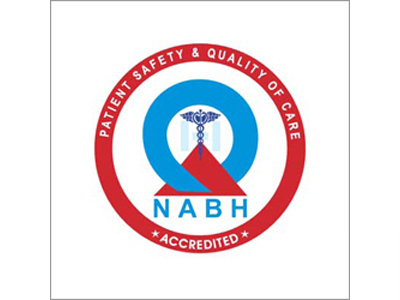A paper by Drs. Deepika Parameswarappa, Mudit Tyagi and others from L V Prasad Eye Institute discusses the retrospective data analysis of patients with ocular siderosis, a rare eye condition caused by an iron foreign body in the eye. It describes patient demographics, their clinical characteristics, and the visual outcomes after treatment.
Ocular siderosis is a rare eye condition triggered by an iron intraocular foreign body (IOFB) that results in structural damage to retinal cells due to toxicity and leads to the loss of visual function. These metallic (mostly iron; iron is sidēr in Greek) foreign bodies penetrate the eye at great speed and lodge deep inside the eye in its various layers. The iron may begin to oxidize and set off chemical reactions, or react with acids and sugars in the ocular tissue altering the morphology of crucial retinal cells. This in turn impairs their function, leading to defective vision. Ocular siderosis can manifest within days after a foreign body penetration, or fester for years before visual function begins to degenerate.
Hammer-and-chisel work is the most common cause of ocular siderosis, along with electric welding or lathe turning. The abrasive action may cause tiny metallic motes, almost dust, to fly out and enter the eye. A clinical exam may reveal fine pigment deposits on the corneal endothelium with or without the presence of corneal scars. The motes may impinge on the anterior lens capsule resulting in traumatic cataract. The corrosive action of the iron can also damage the retinal pigment layer and photoreceptor layer which transmits the visual signal to the brain. The rarity of the condition and the long time it may take to manifest means there is very little understanding of its prevalence, the demography, its impact, and the outcomes after intervention.
A new study in the Indian Journal of Ophthalmology by Drs Deepika Parameswarappa, Anthony Vipin Das, Mudit Tyagi and others addresses this lacuna. This retrospective analysis explored the electronic medical records of over 30 lakh patients visiting LVPEI over 11 years, to find 57 patients with ocular siderosis, translating to a hospital-based prevalence rate of 0.002% or 18 per million. The cohort was mostly young, working males (96.49%), with a history of ocular trauma. Of the 58 eyes included in the study, nearly 45% were blind (>20/400 to PL).
74% of the patients reported blurring or defective vision and most of the eyes had detectable foreign bodies. The important clinical signs were corneal endothelial pigment deposits, corneal scar, and cataract. The most common location for the foreign body was the retina. Nearly 72% of the eyes had retinal findings of ocular siderosis, and 18.96% had retinal detachment. 26 out of 58 eyes underwent surgery to remove the foreign body, and all such eyes showed better visual acuity.
This is the largest study reporting on clinical signs and visual outcomes of this rare condition and is therefore a welcome addition to our body of knowledge. The study also highlights the fact that the use of protective goggles during work by manual laborers, welders and agricultural workers would have prevented many of these cases.
‘Our knowledge of the clinical presentation and management of ocular siderosis, a very rare condition, is limited. This study, with the largest patient size so far, is an important addition,’ says Dr Deepika Parameswarappa, consultant ophthalmologist, vitreo-retinal diseases, Anant Bajaj Retina Institute, LVPEI. ‘When a patient presents with one or more of these factors: corneal scar or endothelial pigment-dust, cataract, pigmentary retinopathy, low vision—but no identified cause, I would recommend seeking trauma history and checking for hidden foreign bodies in the eye.’
Citation
Parameswarappa DC, Das AV, Venugopal R, Karad M, Tyagi M. Clinical profile, demographic distribution, and outcomes of ocular siderosis: Electronic medical record-driven big data analytics from an eye care network in India. Indian J Ophthalmol. 2023 Feb;71(2):418-423. doi: 10.4103/ijo.IJO_1446_22. PMID: 36727331.
Photo credit: The Chiseler, by David Brossard/Flickr; CC BY-SA 2.0.



